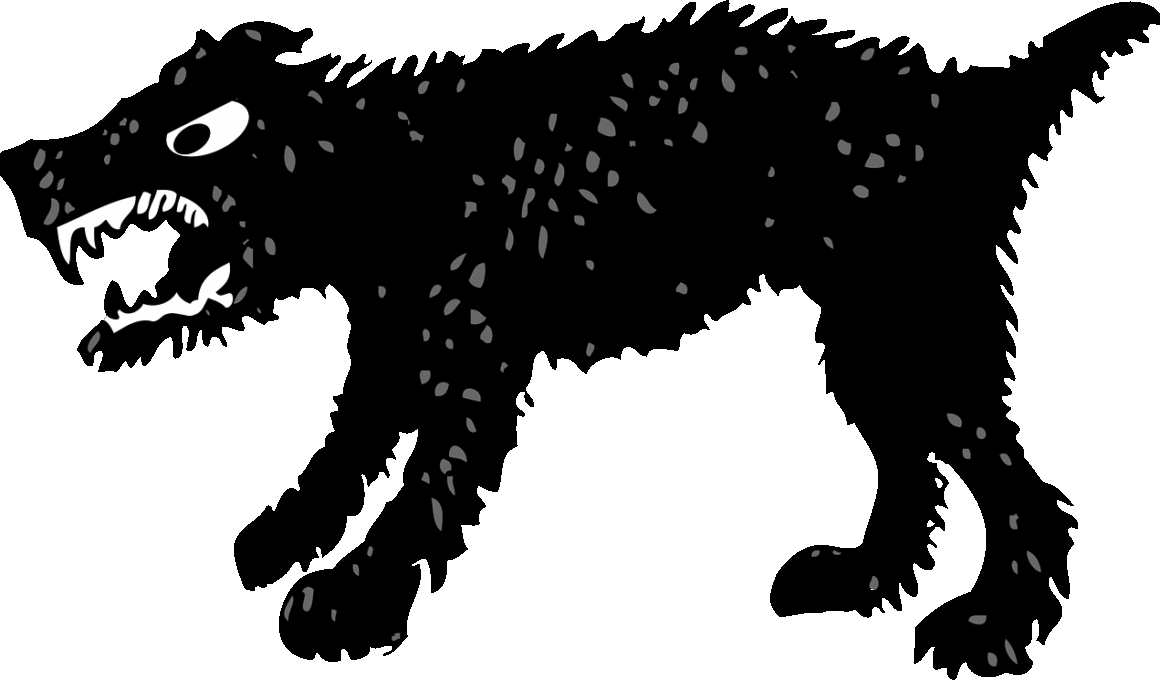Effectiveness of Professional Behaviorists in Treating Aggressive Play
Aggressive play behavior among dogs is a common issue that many pet owners face. Understanding how to effectively treat this behavior is crucial for the well-being of both the dog and its owner. Professional behaviorists have developed various strategies and techniques aimed at resolving these problems. Such techniques often involve understanding the underlying causes of aggression during play. These professionals utilize a combination of behavior modification techniques alongside positive reinforcement. It is essential for owners to seek guidance from certified behaviorists who can tailor their approaches to suit specific situations. Aggressive play can escalate into serious behavior problems if not addressed properly. Ensuring that the dog’s play behavior remains friendly and non-threatening helps enhance the dog’s overall social skills. Engaging in regular training sessions is also vital to reinforce good behavior patterns. Professional behaviorists typically advise on proactive methods to prevent harmful play behaviors before they manifest. Moreover, working closely with owners enables better understanding and management of the dog’s behavior. This collaboration fosters a healthier relationship between the owner and their pet, and encourages socialization opportunities that are safe and enjoyable.
One effective technique that professional behaviorists often employ is desensitization. This method gradually introduces dogs to their triggers in a controlled manner, allowing them to learn proper responses. For example, a dog that exhibits aggression during play with other dogs can be exposed just to the sight of other dogs from a distance, positively reinforcing calm behavior. Over time, the proximity can be decreased, and the owner can continue using treats and praise to reward non-aggressive interactions. This strategy can significantly reduce the likelihood of aggressive behavior manifesting. Each dog is different, so behavioralists will typically adjust the speed at which they proceed, ensuring the process is comfortable for both the dog and the owner. Another vital aspect is teaching owners how to read their dog’s body language, which can forecast potential aggressive incidents. By identifying warning signs early, owners can intervene and redirect their dog’s behavior. Professional behaviorists also tend to emphasize consistent training, utilizing commands combined with distraction techniques to shift the focus of an aggressive dog. This practice not only enhances a dog’s obedience but also contributes to their overall training and integration into various social settings.
Additionally, creating a structured environment for the dog plays a significant role in managing aggressive play behaviors. Behaviorists often recommend establishing house rules that define acceptable actions, such as designated play areas and times. Keeping the dog engaged in physical and mental stimulation through games and exercise can also reduce pent-up energy that may lead to aggressive outbursts. Regular exercise not only builds physical stamina, but it enhances mental health, ensuring the dog remains calm and serene. Incorporating training into everyday routines enriches their learning process. Enrolling in dog sports or classes can provide necessary mental and physical activities, which help alleviate aggression issues during playtime. This structured approach reinforces the idea that play should be positive and safe, leading to healthier interactions among dogs. Owners who actively engage with their dogs during playtime foster trust and improve social abilities. This partnership effectively decreases the chances of aggression becoming a significant problem. It’s imperative for behaviorists to educate families about patience and consistency. By understanding the nuances of play behavior, owners can foster happiness for their pets while also ensuring safety.
Another common concern is understanding the role that genetic predisposition may play in aggressive behavior. Some breeds have tendencies towards certain behaviors, including aggression. Professional behaviorists assess individual dog histories, temperaments, and the specific context of their behavior to create tailored treatment options. Recognizing that not all dogs can be treated the same is crucial. They often collaborate with veterinarians for a holistic approach encompassing physical health, environment, and training tactics. Medications might be prescribed for dogs exhibiting severe aggression to stabilize their behavior, providing a sturdy foundation on which behavior modification can take place. Implementing a multi-faceted approach is essential, as it allows for addressing aggression from several angles. Creating a plan that includes medical evaluation, behavioral training techniques, and owner education can lead to positive outcomes. Patience is key, as behavior modification processes are not instantaneous. However, with persistence and professional guidance, owners can transform their dog’s behavior significantly. This successful partnership has proven effective in developing long-term solutions for managing aggressive play and fostering harmonious relationships between pets and owners.
The Importance of Consistency in Training
Consistency is fundamental in training dogs to overcome aggressive play behaviors. Behaviorists urge all family members to be on the same page about the rules. Mixed signals can confuse dogs, leading to regression in their training. When everyone reinforces the same commands and responses, it provides a clearer structure. This unified approach ensures that dogs can learn appropriately and respond better to training efforts. As dogs excel in learning predictable patterns, the likelihood of aggressive behaviors diminishes significantly, paving the way for peaceful coexistence. Regularly implementing training exercises further contributes to developing good habits among dogs. This consistent training approach enables gradual improvement in behavior. Owners may explore various strategies suggested by behaviorists at their sessions. By combining training techniques with daily routines, owners can create a more consistent training experience. Engaging in informal training situations enhances overall outcomes as well. For instance, incorporating commands during playtime can dovetail enjoyment with learning. Socializing dogs with friendly, well-behaved peers also helps in diminishing aggressive tendencies. Regular interaction with other dogs, with professional oversight, can cultivate stronger play skills. This continuous achievement fosters a sense of accomplishment in both the owner and the dog.
Part of managing aggressive play behaviors involves understanding a dog’s motivations and emotions. Often, aggressive responses may stem from fear, anxiety, or excitement. Professional behaviorists work with owners to discern these emotional triggers and how they manifest during playtime. Recognizing when a dog is overstimulated helps prevent aggressive actions. Behaviorists employ various techniques to help owners become more attuned to their dog’s emotional state. For instance, calming exercises can be integrated into regular play sessions. Creating a safe space for the dog to retreat when feeling overwhelmed is also essential. Emphasizing the importance of breaks can teach dogs to self-regulate their emotions. This practice helps diminish aggressive tendencies over time. Utilizing calming aids can also support this transition. Along with providing a safe retreat, creating a calm atmosphere in the home further aids all members of the household. Encouraging practices such as quiet time can enhance emotional regulation. It is important that the owner serves as a role model, demonstrating calmness during playtime. By regulating their own emotions, owners impact how their dogs respond during play, enhancing overall training efficacy and reducing aggressive behavior.
Conclusion: The Role of Professional Behaviorists
Engaging with professional behaviorists can lead to significant improvements in managing aggressive play behaviors in dogs. Through tailored training techniques, detailed understanding of dog behaviors, and fostering the human-animal bond, behaviorists can implement effective strategies. However, the process requires time, commitment, and understanding from the owners as well. By participating actively in the training journey, owners can create meaningful changes. Consistency, patience, and clear communication between the dog and its owner are paramount for long-term success. The relationship between aggressive play and regular behavioral intervention is evident. Across the variations in behaviors and breeds, a partnership with a professional provides guidance for tailored training. These experts work to empower owners, equipping them with skills to enhance their training approaches significantly. When carried out correctly, behavior modification not only reduces aggression but fosters healthier relationships based on trust and understanding. Owners can begin noticing positive changes as they engage deeply with their dogs, reassuring them through structure and love. By collaborating with professionals, they can ensure that their pets grow into well-adjusted companions. A healthier play environment benefits everyone involved, fostering joy and safety.
This makes the results of working with professionals critical. As aggressive behavior often leads to dangerous situations, it is paramount that proper guidance is sought. In fact, addressing such behavior early can prevent further complications and create safe interactions among pets. Behaviorists offer valuable insight and tools for managing this issue, making their expertise essential for dog owners. A professional approach is an investment in a better future for both the owner and the dog, increasing the likelihood of shared happiness. Maintaining open communication with a professional behaviorist encourages ongoing understanding of how to manage aggressive play. By working through challenges together, owners can notice changes in their dog’s behavior, which promotes a sense of accomplishment. Each step towards improvement constitutes progress for the dog and the owner alike. Ultimately, behaviorists not only facilitate positive change; they empower owners to become proactive in shaping their dogs’ behavior. This forms the foundation for successful management of aggressive play activities over time. By fostering a collaborative spirit, dogs can lead joyful, productive lives which encourage healthy interactions in various environments.


